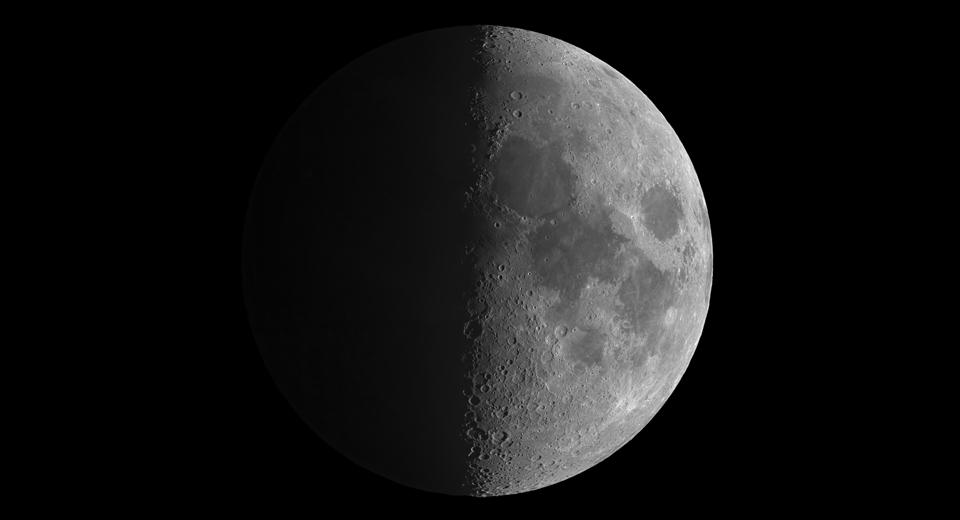Essential Information
| Location | |
|---|---|
20 Jan 2016
The Our Moon category of the Insight Astronomy Photographer of the Year competition celebrates Earth's only natural satellite.

In 2015 we decided to divide up the former Our Solar System category in to multiple categories. One of the new categories that we introduced to the Insight Astronomy Photographer of the Year competition was Our Moon. This category is dedicated to celebrating astounding lunar images, including lunar eclipses, occultation of planets and the eight different phases of the Moon.
We were pleased to see 174 breathtaking images entered in to the Our Moon category last year and the shortlist presents an array of striking lunar compositions. The astrophotographs captured in this category offer us a chance to ponder the greatness of our Moon and it’s magnificent, yet somewhat eerie, beauty.
Its close proximity to Earth, within the context of our vast Universe, allows astrophotographers to capture features of the Moon in great detail and we saw plenty of entries doing just that. Such photographs are useful to astronomers and astrophysicists in understanding more about our Moon, as Affelia Wibisono, Astronomer at the Royal Observatory, Greenwich explains: “We can calculate the age of the surface of the Moon by counting the number of craters there, and even work out how high the crater walls are by observing the shadows cast by them.”
Affelia also explains that we need to make the most of opportunities to capture our Moon as such: “The Moon is drifting away from us at a rate of about 4cm per year, meaning that eventually total solar eclipses will be a thing of the past”. Although this is a long way off, we should not take for granted the incredible power of the relationship between Earth and the Moon, as she states “the difference between high and low tides will be a lot smaller and the Earth’s axis of rotation will vary wildly. Sometimes there will be no tilt and therefore no seasons. At other times the Earth may be rotating on its side and have very extreme seasons.”
To see the beautiful winning images visit our free Insight Astronomy Photographer of the Year exhibition